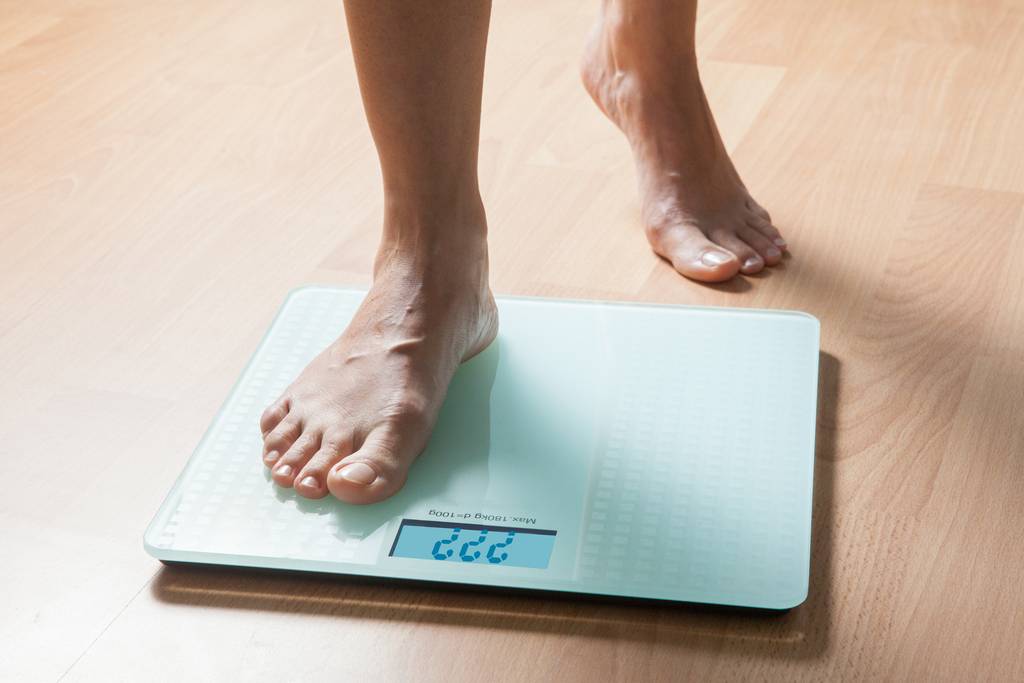Stopping Growth Hormone Treatment Causes Fat Buildup in Adult PWS Patients, Study Finds

Discontinuation of growth hormone (GH) therapy in adult Prader-Willi syndrome (PWS) patients causes accumulation of abdominal fat and increases levels of bad cholesterol, researchers in Japan report.
The study, “Visceral adipose tissue increases shortly after the cessation of GH therapy in adults with Prader-Willi syndrome” was published in the Endocrine Journal.
Hyperphagia, or abnormally increased hunger, is a distinct characteristic of PWS, often resulting in poor body composition and obesity. GH therapy is a standard treatment for patients with PWS, as it helps increase muscle and decrease body fat, improving the body’s overall composition.
However, GH therapy is stopped once the PWS child attains adult height. Suspending GH therapy was shown to negatively affect body composition, leading to obesity, respiratory disorders, diabetes, and other conditions.
Limited information is available on the influence of GH therapy cessation and the redistribution of body fat in PWS patients.
The Japanese researchers evaluated fat distribution in seven PWS patients who started GH therapy at a mean age of 4.1 years, and stopped receiving GH at a mean age of 18.9 years. The mean treatment duration in this population was 14.7 years. All patients received GH subcutaneously.
The height, weight, and body mass index (BMI) information for all patients was analyzed after six months and 12 months post-GH treatment cessation. Body fat distribution was measured using dual-energy X-ray absorptiometry (DEXA) and abdominal computed tomography (CT).
Results showed that the mean BMI of PWS patients analyzed six months after GH therapy discontinuation was 25 kg/m2 compared with 24.2 kg/m2 at cessation (baseline). Similarly, the percentage fat mass (%FM) significantly increased from 34.9% at baseline to 37.2% after six months.
At 12 months after GH therapy was stopped, researchers also saw a significant increase in mean fat mass (25.2 kg) compared to baseline (21.1 kg). However, weight, BMI and %FM remained unchanged.
Despite changes to body fat and BMI, lean body mass (weight minus body fat) and mineral properties of the bones did not change during both study periods, the team found.
Accumulation of fat in the abdomen and internal organs (visceral adipose tissue, VAT) is known to be more harmful and contribute more to obesity than fat that accumulates beneath the skin (subcutaneous adipose tissue, SAT), researchers wrote.
Assessing the levels of VAT and SAT at both six and 12 months, researchers found a significant increase in the amount of VAT. Compared to baseline, the amount of VAT in PWS patients markedly increased after 12 months post-GH cessation — from 25.2 cm2 to 48 cm2. A similar increase was reported at six months as well.
In contrast, SAT amounts did not change significantly after stopping GH therapy, thereby confirming that VAT is influenced by GH therapy.
The team also analyzed cholesterol levels, and found that the levels of total cholesterol increased to 242.8 mg/dL after six months post-cessation compared to 231.2 mg/dL at baseline.
There was also a significant increase in LDL cholesterol levels (156.5 mg/dL) compared to baseline (143.3 mg/dL), whereas HDL levels remained unaltered. LDL is considered the “bad” cholesterol and contributes to obesity, while HDL is the “good” cholesterol.
Overall, the team concluded: “discontinuation of GH therapy caused rapid increases in visceral adipose tissue and LDL cholesterol levels,” they said.
“These findings indicate that continuation of GH therapy may be a therapeutic option to maintain body composition; however, further studies regarding the long-term benefits and adverse effects of GH therapy in adults with PWS are required,” the researchers added.






